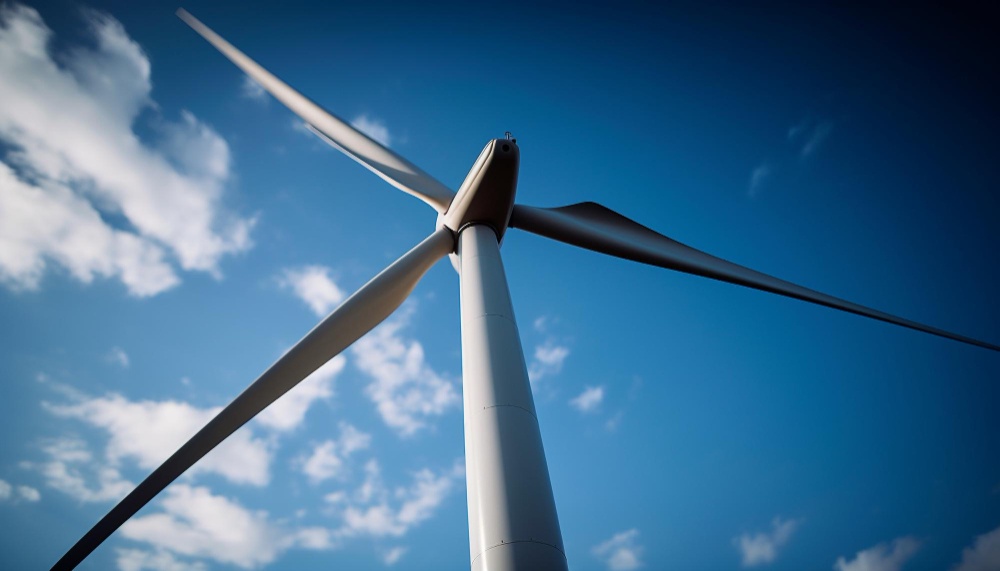Significant advances in materials engineering have contributed to the evolution of wind turbine technology. Instead of using the standard parts found in turbines built between the mid-1980s and the late 1990s, the industry is now using composite materials that are specifically made for turbines, like carbon fiber tubes, sheets, etc. Composite materials have become disruptive in the wind energy industry in recent years. They provide strong, long-lasting, corrosion-resistant solutions that improve turbine performance and efficiency.
Historical Transition to Composites
While traditional materials were used to build the first wind turbine structures, manufacturers and researchers began focusing on advanced composite materials as the need for greener and more efficient energy increased. Beginning in the late 1990s, standard components gave way to specially designed composite materials; these carbon fiber products are now regarded as essential to advancing wind turbine technology. An important turning point in the industry was the introduction of composite materials, which led to the widespread use of carbon fiber sheets and fiberglass reinforced with epoxy resin for blade construction. This change solved the problems posed by the size and weight of contemporary turbines by enabling the development of lighter, stronger, and more flexible blades.
Composites' Composition
The matrix, also known as the binder, which joins fibers or fragments of a stronger material together, and the reinforcement, which encircles these fibers or fragments, are the two main components of composites. In wind turbine composites, glass fibers—particularly E-glass fibers—have frequently been selected as the primary reinforcement. Stronger substitutes, such as S-glass, R-glass, carbon fibers, basalt, and aramid fibers, have been introduced recently.
Carbon Fiber Reinforcements:
The addition of carbon fiber reinforcements is one of the most noteworthy developments in composite materials for wind turbine blades. Because of their remarkable strength-to-weight ratio, carbon fiber products allow for the creation of longer, more aerodynamically efficient blades. By strengthening the blades' structural integrity, these materials enable them to endure the enormous forces generated by powerful winds without losing their form or functionality over time.
3D Printing Technology:
Significant advancements in 3D printing technology have brought about a new era of innovation in wind turbine blade design and production. The ability to create complex, customized structures has completely changed how blades are made, producing extremely effective blade shapes previously thought unfeasible. Moreover, 3D printing's versatility allows for the use of various composite materials, giving manufacturers the freedom to experiment with new combinations to achieve the best results. This technological breakthrough increases wind turbine efficiency and offers a platform for ongoing experimentation and improvement in the search for sustainable energy sources.
The Role of Carbon Fiber Reinforced Polymers (CFRP):
Carbon fiber composites, particularly Carbon Fiber Reinforced Polymers (CFRP), have revolutionized the wind energy industry. CFRP has emerged as the material of choice for wind turbine blades due to its substantial weight reduction and tensile strength, which is six times greater than steel's. By making blades more rigid and decreasing fatigue, CFRP improves blade performance, ultimately lowering costs and increasing energy production.
Nano-enhanced Composites:
Composites that have been nano-enhanced by adding nanoparticles, such as carbon nanotubes or nanofibers, have better strength, durability, and self-healing properties. By repairing small damages, these materials can lower maintenance costs and increase the lifespan of wind turbine blades.
A significant development in renewable energy is the transition of wind turbine blades from conventional components to sophisticated composite materials. The industry has advanced thanks to ongoing materials science research and development, which has produced lighter, more resilient, and higher-altitude wind-harvesting blades. Developing composite materials for wind turbine blades is a testament to the creativity and perseverance of researchers and manufacturers in reshaping the clean energy landscape, particularly when the world is working toward a sustainable future.


No comments yet